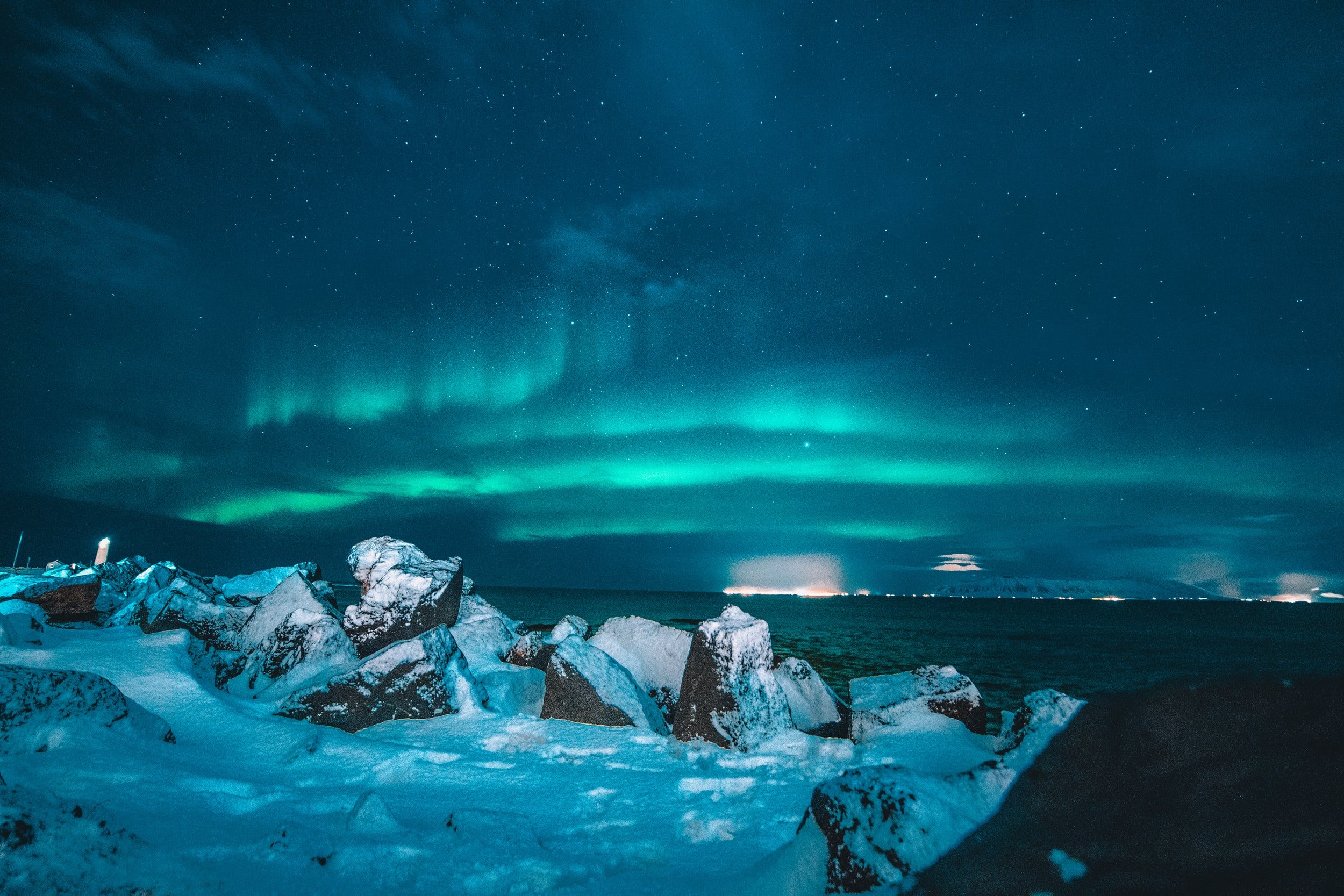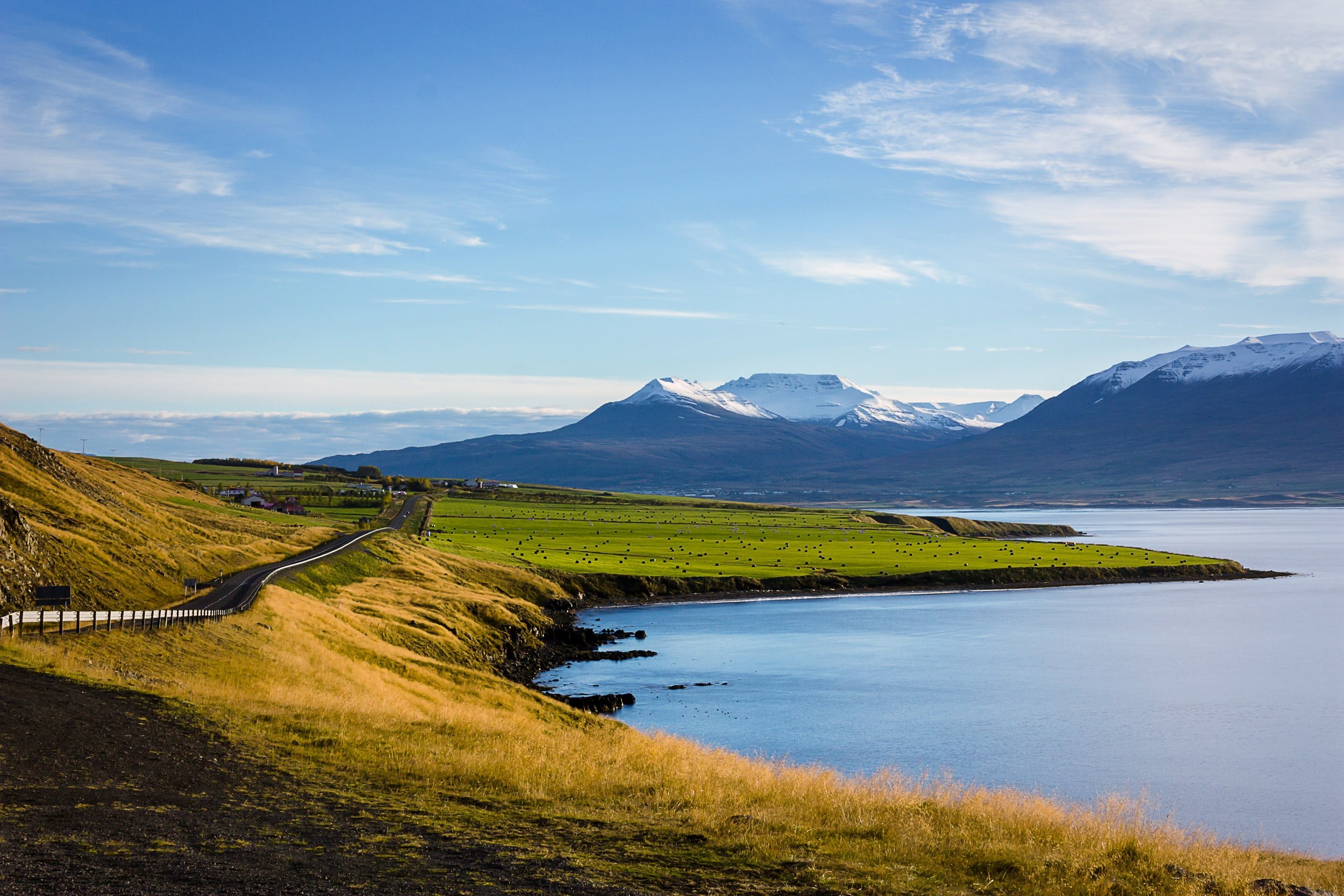Tips for Photographing Iceland
One of my favorite destinations to capture as a stock photographer has been Iceland. I was fortunate enough to visit during the winter, which allowed me to photograph not only the amazing scenery but also the aurora borealis. Thirty countries later, I still consider Iceland one of the most beautiful places I have ever been to. Capturing the beauty of the island was a great experience and today I still feel like I only scratched the surface.
What makes Iceland such a popular destination for photographers?
There are many reasons why Iceland is a popular destination for photographers. For starters, the country is home to some of the most stunning landscapes in the world. From its glaciers and volcanoes to its black sand beaches and waterfalls, Iceland is a natural wonderland that never fails to amaze visitors.
In addition, Iceland is a very accessible country for photographers, with a wide range of photography-friendly accommodations and tour operators. Photographers can easily find places to stay that offer convenient access to nature, as well as specialized photography tours designed to help them capture the best shots possible.
Of course, photographing Iceland's landscapes is not always easy. Photographers must be prepared for all kinds of weather and must have a good sense of composition, timing, and patience.
How to prepare for a photography trip to Iceland
1. Research the best times to visit different locations in Iceland, as lighting and weather conditions can vary significantly from one area to another. The winter is great for night shots since nighttime is longer. It also increases your chances of witnessing the Northern Lights. If you want to capture the many colors showcased in the inland hills then you are better off visiting during the summer.
2. Be prepared for a range of weather conditions, from bright sunlight to heavy rain and even snow. Iceland is subject to many cloudy days due to being surrounded by water. This can work to your advantage, allowing softer lighting. If you prefer sunny days, traveling during the summer increases your chances of success since there will be daylight for up to 18 hours a day.
3. Use different lenses and camera settings to capture the full range of Iceland's beautiful scenery, including wide shots for capturing sweeping landscapes and close-up shots for capturing details like waterfalls or wildlife. Bringing a low aperture lens will come in handy for shooting the falls at night as well as the aurora borealis (Northern Lights). Wide-angle lenses are also greatly used to capture expansive vistas. Polarized filters can be utilized when shooting glaciers to reduce glare. A tripod is a must for shooting the Northern Lights as well.
4. Experiment with various angles and perspectives to create unique and interesting compositions. When shooting in the summer, you are exposed to a unique situation where the sun moves very slowly, increasing time with different shadows. One positive of Iceland is how much space tourists are allowed to walk. This allows photographers to get many different angles.
5. Being patient to capture the perfect moment, whether it's a rainbow appearing over a waterfall or the northern lights dancing in the sky. Patience is important for any form of photography but especially in landscape photography. Set up your shots but wait for the perfect sun angle for amazing shots.
With its otherworldly landscapes and stunning natural features, Iceland is a dream destination for photographers of all levels of experience. By following the tips above, you can ensure that you come home with photos that truly capture the beauty of this amazing country.
Conclusion
Iceland is a land of extremes, with towering mountains and glaciers, serene lakes and waterfalls, active volcanoes, and black sand beaches. It's no wonder that it's such a popular destination for photographers. With its otherworldly landscapes and stunning natural features, Iceland is a dream destination for photographers of all levels of experience. By following the tips above, you can ensure that you come home with photos that truly capture the beauty of this amazing country.



